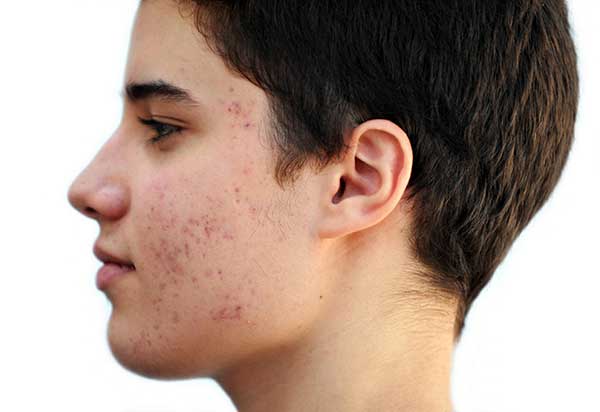Acne is often perceived as a teenage issue, but it can affect children as young as 7 or 8 years old. Pediatric acne can occur due to hormonal changes, genetics, skincare habits, or other environmental triggers. While early acne might be mild, in some cases, it can lead to persistent scarring that lasts well into adulthood if not managed properly.
Parents often seek effective solutions to address these scars early, but the concern arises: are acne scar treatments safe for children? The demand for Acne Scar Treatment In Dubai among younger age groups is gradually increasing, reflecting a shift in parental awareness about early intervention.
What Causes Acne Scars in Children?
Inflammatory Acne and Skin Response
Children and adolescents who develop inflammatory acne — such as papules, pustules, nodules, and cysts — are more likely to develop scars. The body’s natural healing process can sometimes produce too much or too little collagen, leading to raised (hypertrophic) or pitted (atrophic) scars.
Picking and Squeezing Acne
Children, due to lack of knowledge or frustration, may often pick at pimples. This can damage the skin's barrier and exacerbate scarring. Teaching children about gentle skincare and discouraging pimple-picking is a key preventive step.
Skin Type and Genetics
Genetic predisposition plays a role in how a child’s skin heals. Some children are more prone to post-inflammatory hyperpigmentation or keloid formation. Understanding this helps determine whether scar treatment should begin early or be postponed.
Common Acne Scar Treatments Available
Chemical Peels
Mild chemical peels using salicylic acid or glycolic acid can exfoliate dead skin cells and improve the appearance of early scarring. However, for pediatric use, only gentle, low-strength peels are recommended, and they should always be performed under expert guidance.
Laser Therapy
Laser resurfacing is one of the most effective solutions for deep acne scars. However, its suitability for children depends on multiple factors including age, skin sensitivity, and scar severity. Laser treatment in children is generally reserved for older adolescents and done cautiously.
Microneedling
Microneedling uses tiny needles to stimulate collagen production, helping to improve pitted scars. While minimally invasive, it may not always be recommended for children due to discomfort and skin sensitivity. In some cases, numbing creams are used to ensure a comfortable experience.
Are These Treatments Safe for Children?
Age-Appropriate Recommendations
Most dermatologists suggest waiting until a child reaches puberty before initiating more intensive treatments like laser or microneedling. This is because younger skin heals differently and may react unpredictably to aggressive treatments.
Clinical Supervision Is Key
No matter the treatment, pediatric acne scar management must be done under clinical supervision. A professional will assess the scar type, skin sensitivity, and maturity level of the child before recommending a suitable option.
Tailored Treatment Plans
Children have different skin physiology than adults. Therefore, treatments should be adjusted in intensity, frequency, and type to avoid damaging the delicate skin barrier. The treatment approach should always be conservative and customized.
Final Thoughts
Acne scar treatments can be safe for children when done thoughtfully, cautiously, and under expert guidance. The key is to start with non-invasive approaches and only escalate based on need, age, and skin condition. While many effective options exist today, not all are suitable for young, developing skin — making professional assessment essential.
